High Pressure Sodium (HPS) lamps are popular in industrial lighting and public outdoor areas due to their efficiency, low cost, and long lifespan. In this guide, we’ll walk you through how these lamps work and how to wire them properly using different types of ballasts and igniters.
What Are HPS Lamps?
HPS lamps are part of the High-Intensity Discharge (HID) lamp family, which includes:
- Metal Halide Lamps
- Mercury Vapor Lamps
- High Pressure Sodium Lamps
These lamps work by sending an electric discharge between two tungsten electrodes through xenon gas inside the arc tube. The xenon gas aids in starting the lamp, while sodium, mercury gas, and metal salts inside the tube generate plasma and light once heated.
Core Components of an HPS Lamp Circuit
- HPS Lamp – The light source
- Igniter – Sends high-voltage pulses to start the lamp
- Ballast (Choke Coil) – Limits current in the circuit
- Capacitor (optional) – Improves power factor
Types of Ballasts & Igniters
- Magnetic Ballast – Traditional and works with HPS lamps
- HID Ballast – Modern version used with both HPS and Metal Halide lamps, often with two or three terminals
Igniters:
- Old Igniter – Basic type
- Electronic Igniter – More efficient and reliable
Wiring an HPS Lamp with a 2-Tap HID Ballast
Components Needed:
- AC Power Source
- 2-tap HID Ballast
- Electronic Igniter
- HPS Lamp
- Capacitor (optional)
Steps:
- Connect the AC Line to one terminal of the ballast
- Connect the second ballast terminal to terminal B on the igniter
- Connect LP on the igniter to one terminal of the lamp
- Connect Neutral (N) to both:
- Terminal N on the igniter
- Second terminal of the lamp
- Capacitor (optional): Connect in parallel with the supply for power factor correction
- Check Ratings: Ensure the ballast and igniter match the lamp’s power rating
Wiring an HPS Lamp with a 3-Tap HID Ballast
Manufacturers may vary, so follow the wiring diagram on the ballast. Example with an ELT 3-tap ballast:
- Connect Line to terminal 3
- Terminal 2 connects to the black wire of the igniter
- Igniter Blue Wire connects to:
- Neutral
- One terminal of the lamp
- Terminal 1 connects to the red wire and the second terminal of the lamp
Wiring with a Magnetic Ballast
When using an older magnetic ballast, choose the correct voltage terminal (e.g., 240V):
- Connect AC input to the correct voltage terminal
- Connect common terminal of ballast to X3 on the igniter
- Connect other ballast terminal to:
- X1 on the igniter
- First terminal of the lamp
- Connect X2 of igniter to:
- Second terminal of the lamp
- Neutral
- Capacitor: Connected as shown in the ballast diagram
Final Thoughts
Before powering up your HPS lamp:
- Double-check all connections
- Confirm matching power ratings for lamp, ballast, and igniter
- Ensure capacitor (if used) is rated appropriately
Wiring HPS lamps correctly is essential for safe and efficient lighting. Whether you’re using a traditional magnetic ballast or a modern HID setup, following the correct wiring diagram and verifying component compatibility will ensure a long-lasting lighting system.
